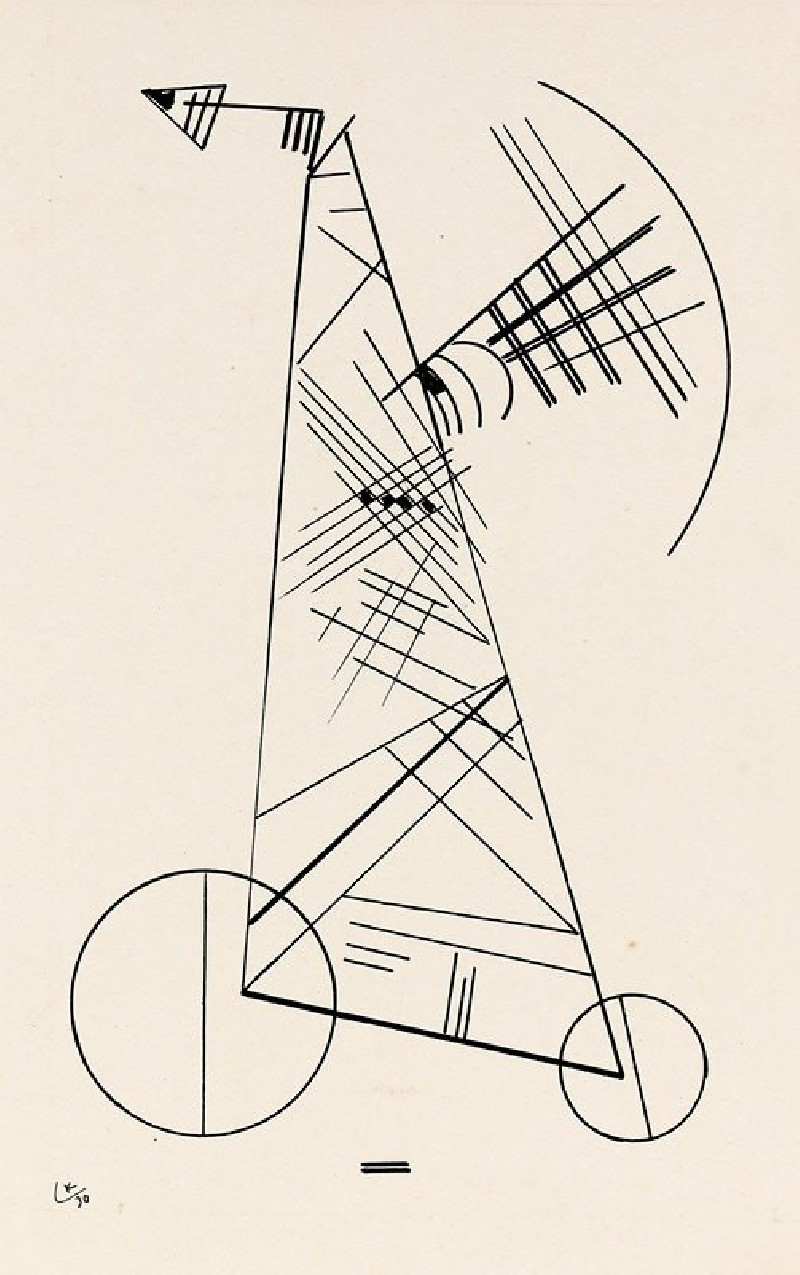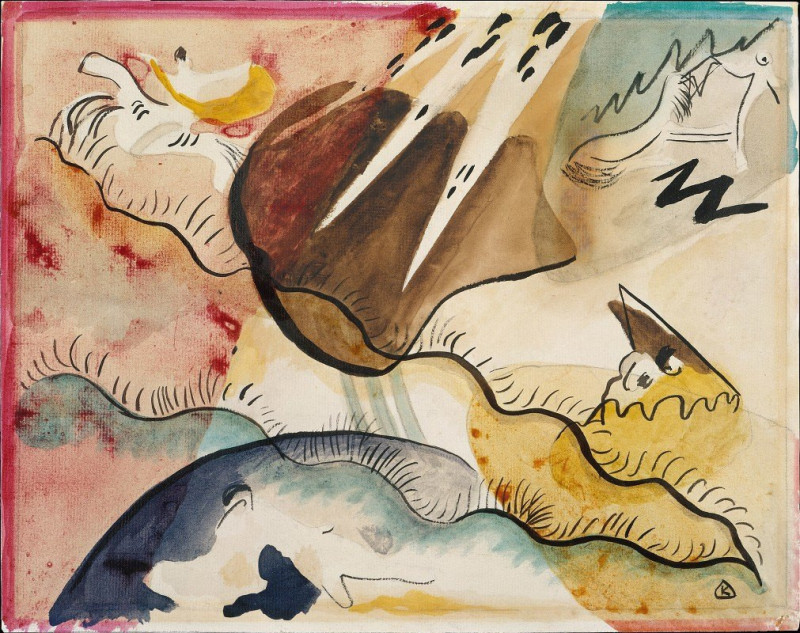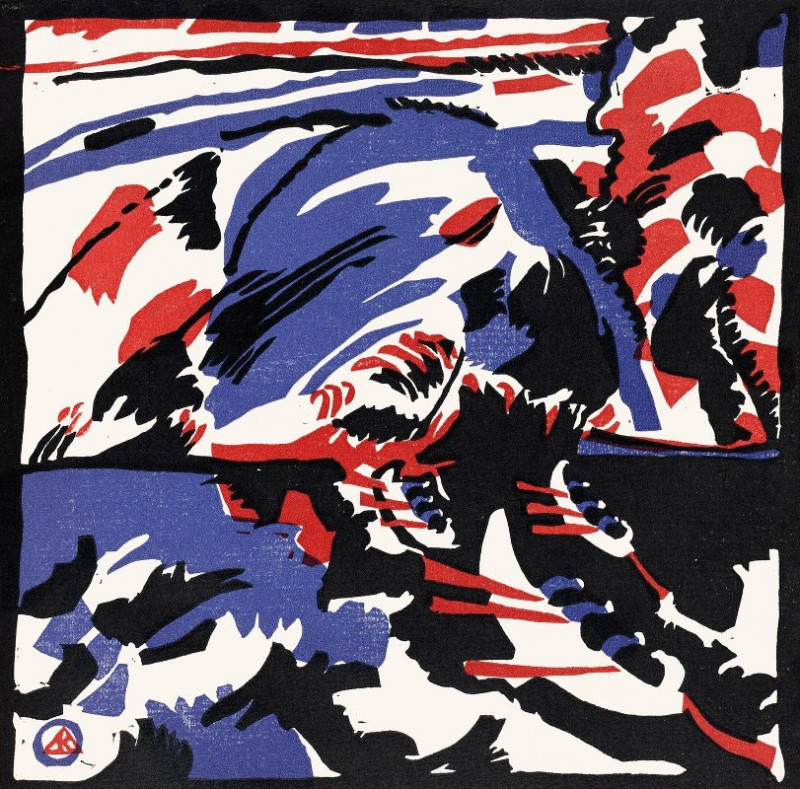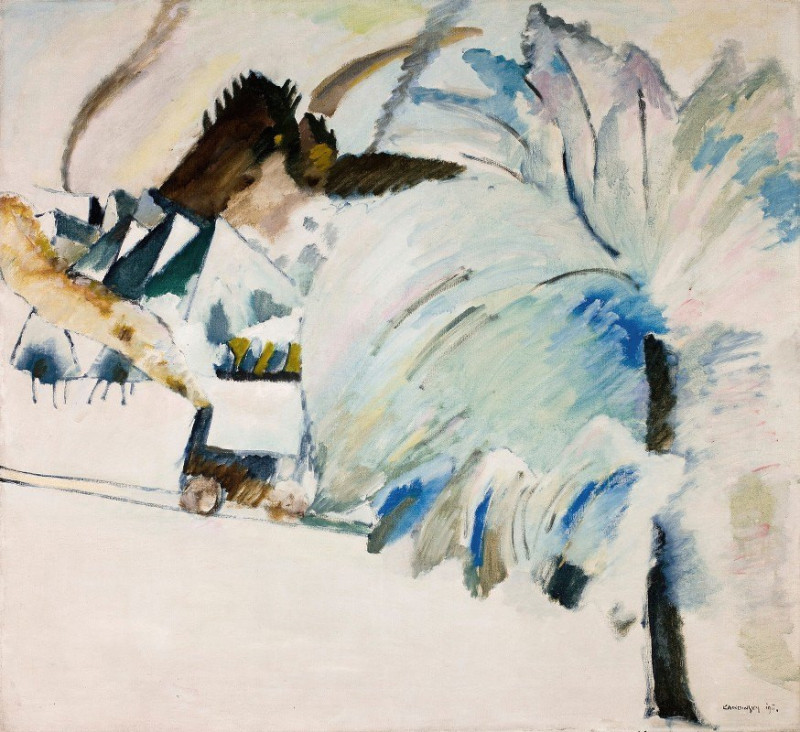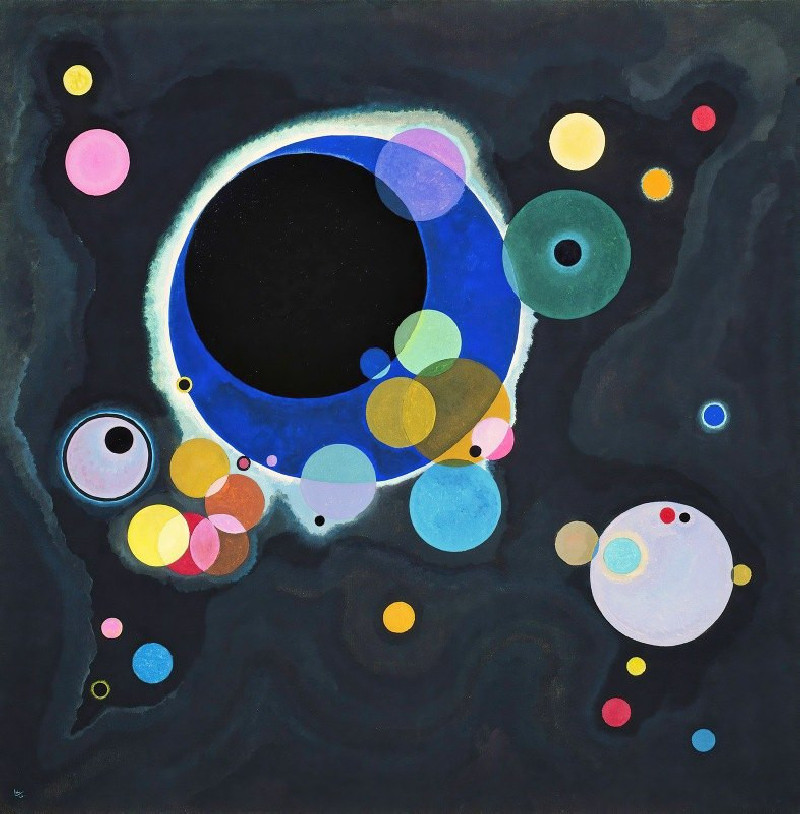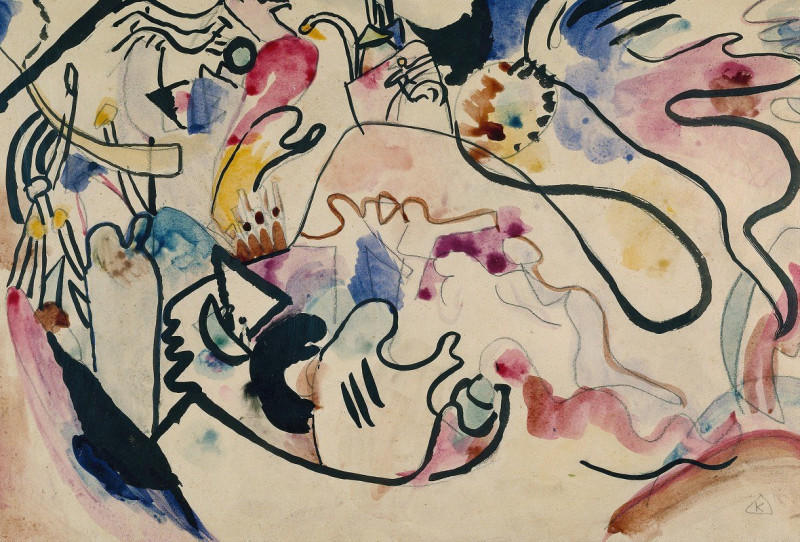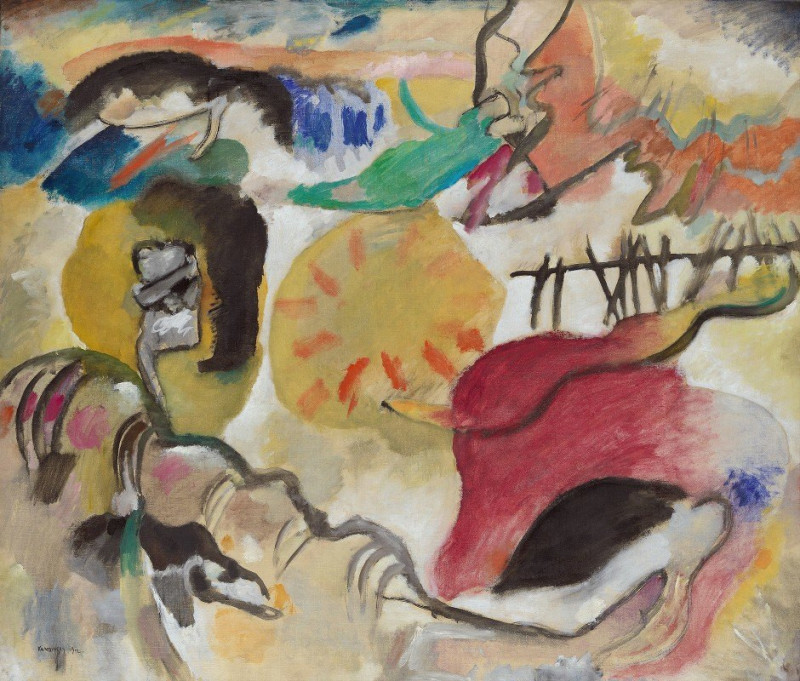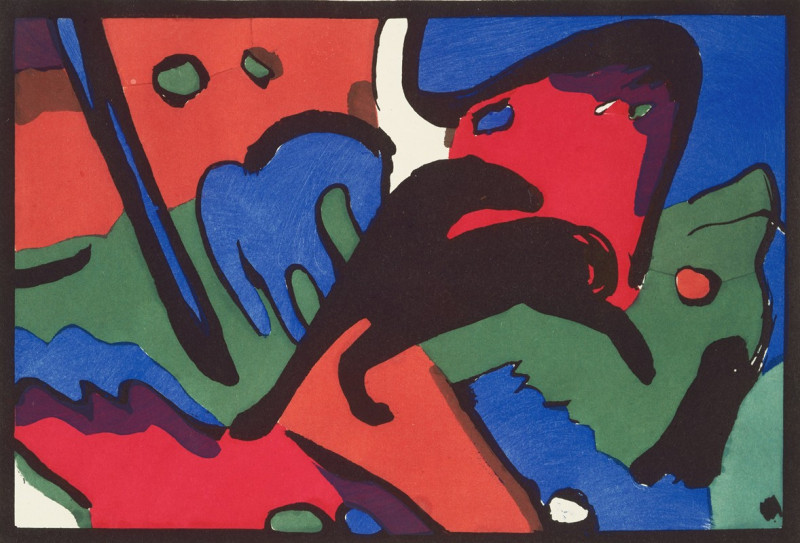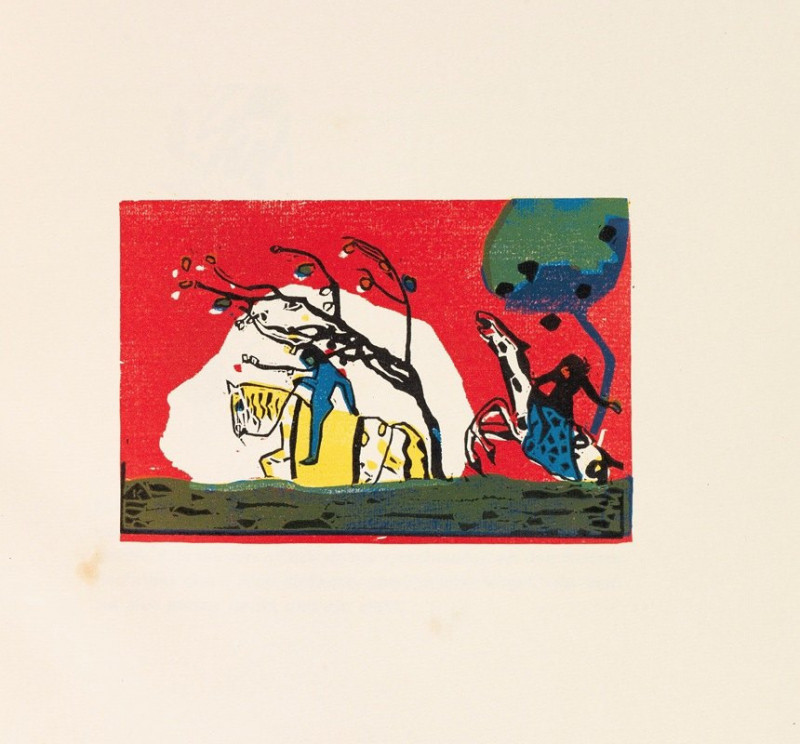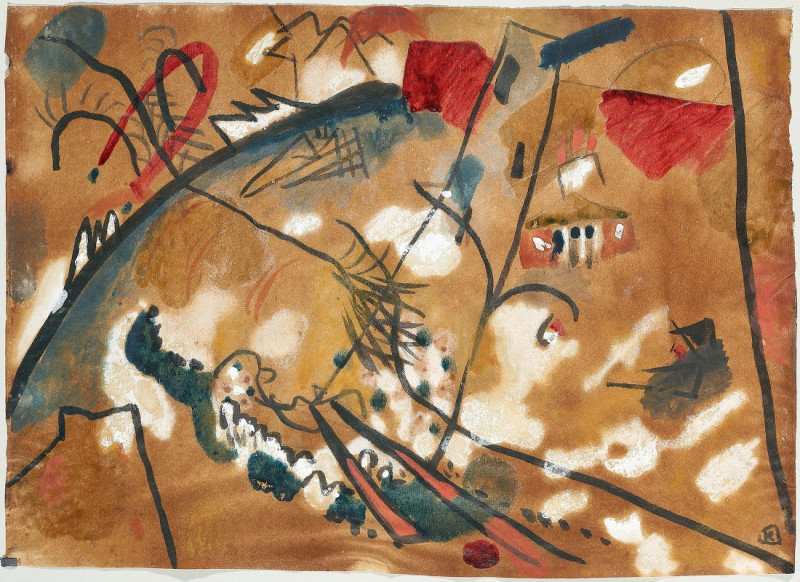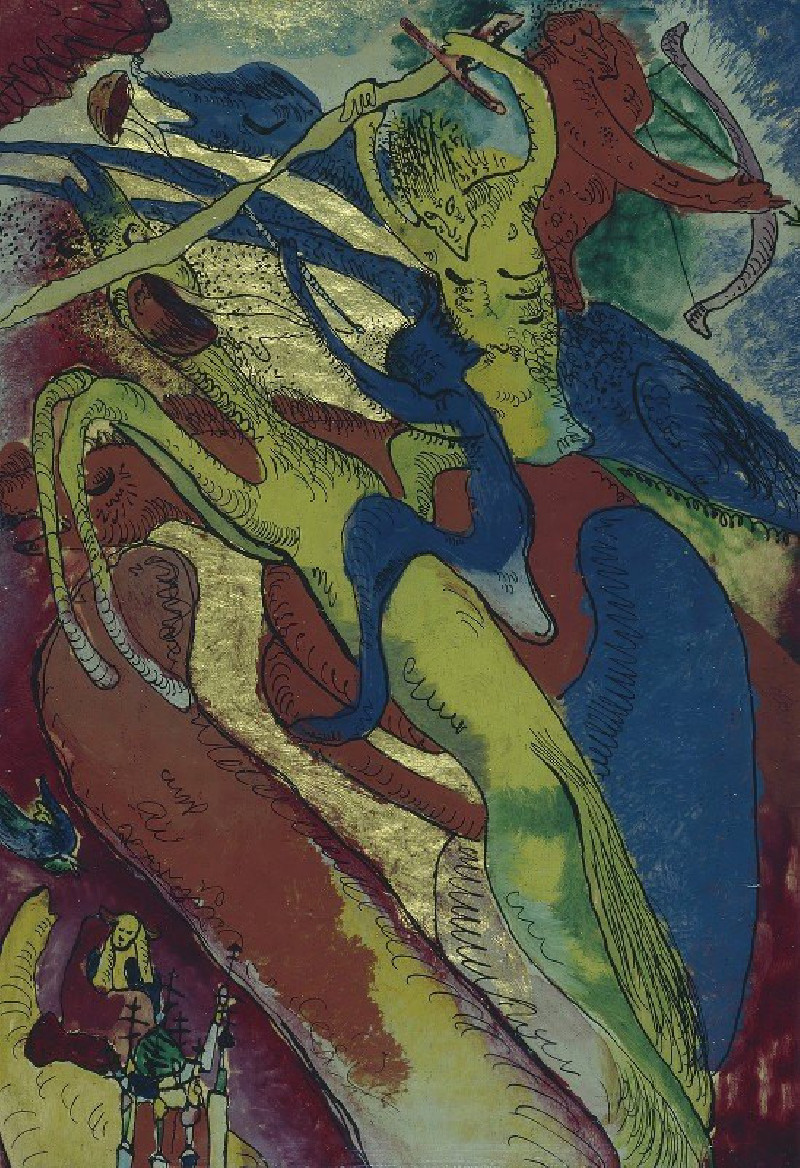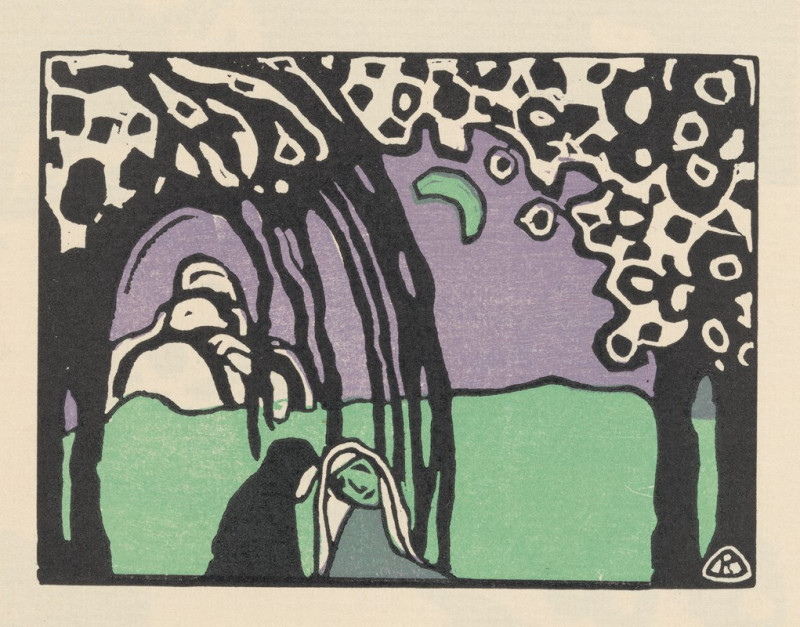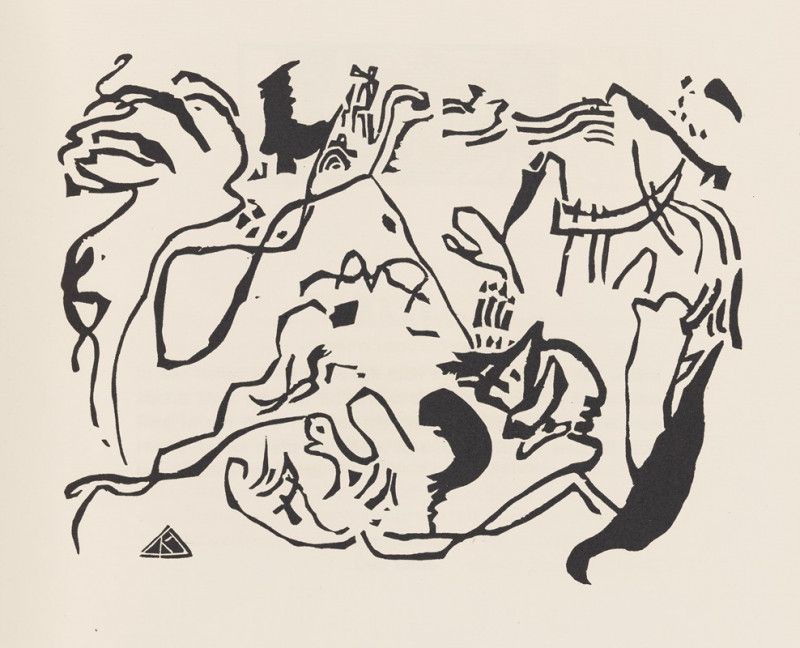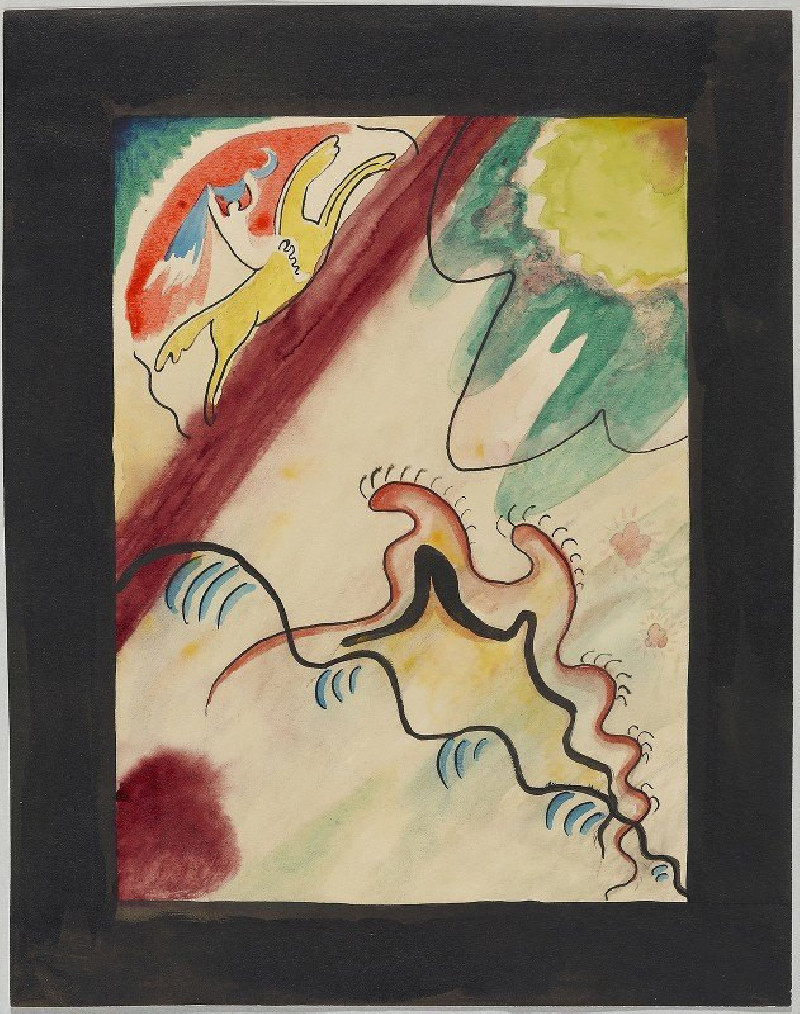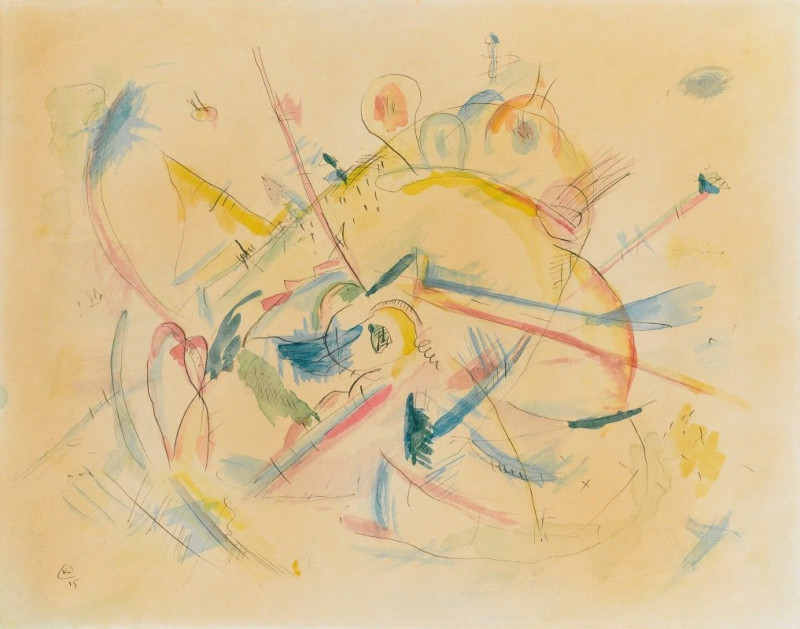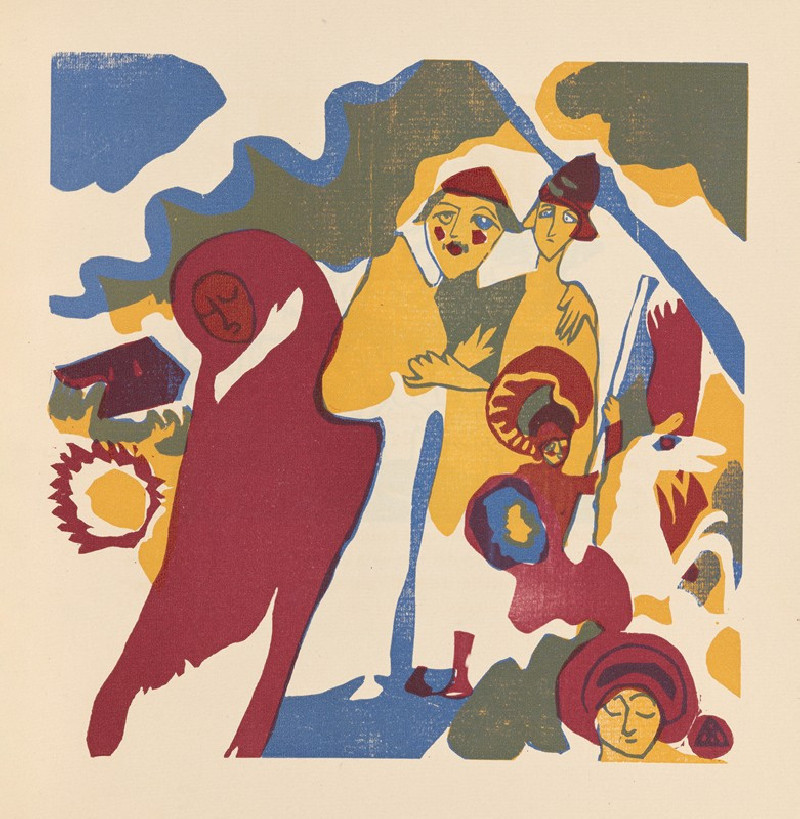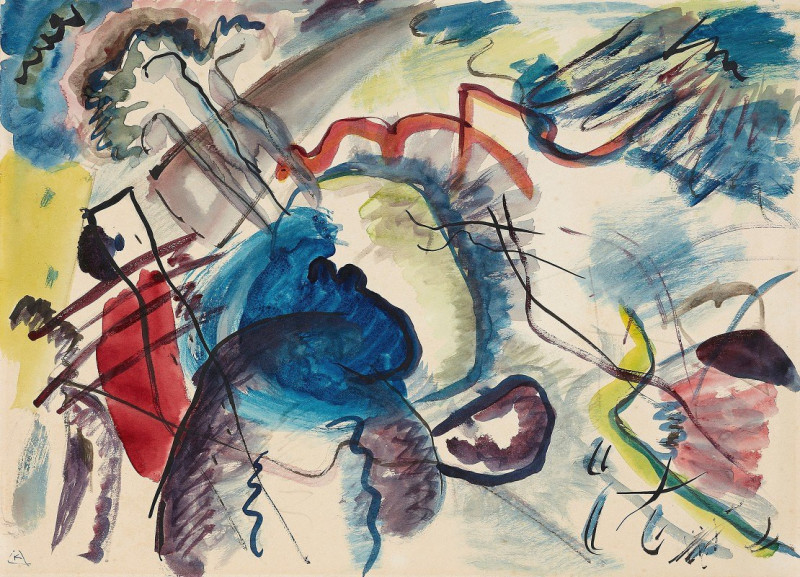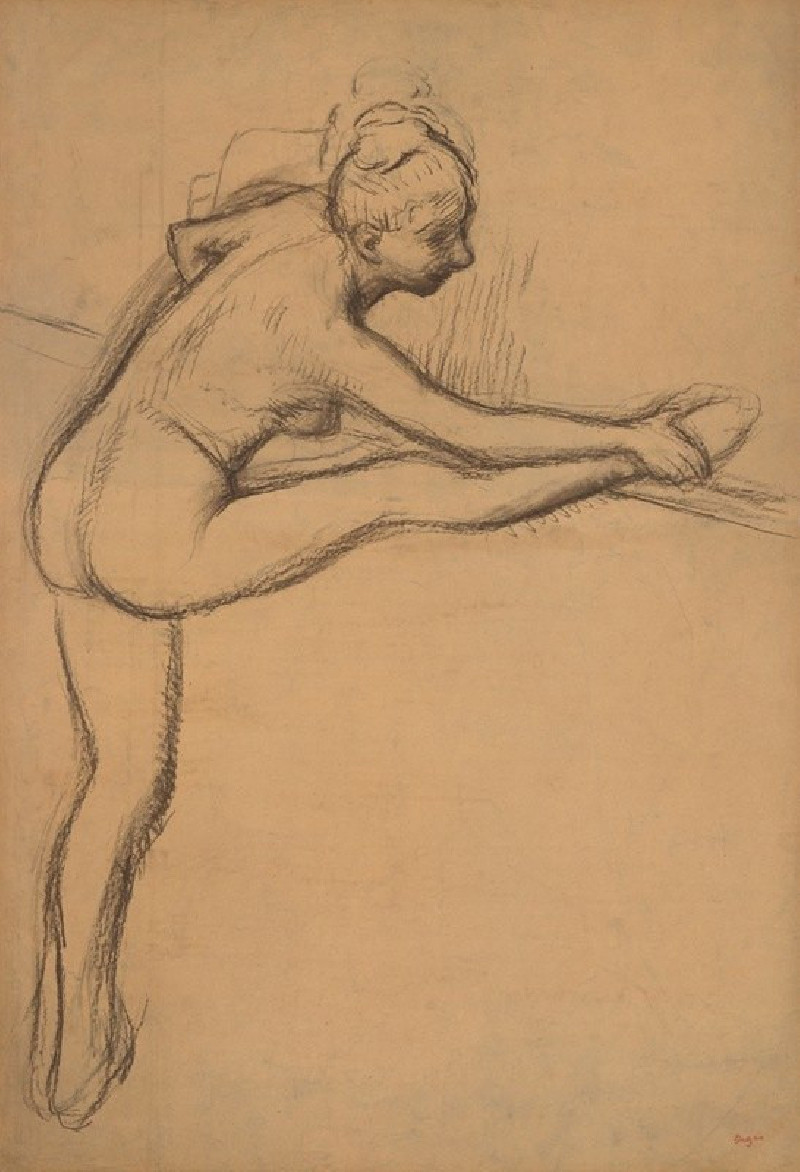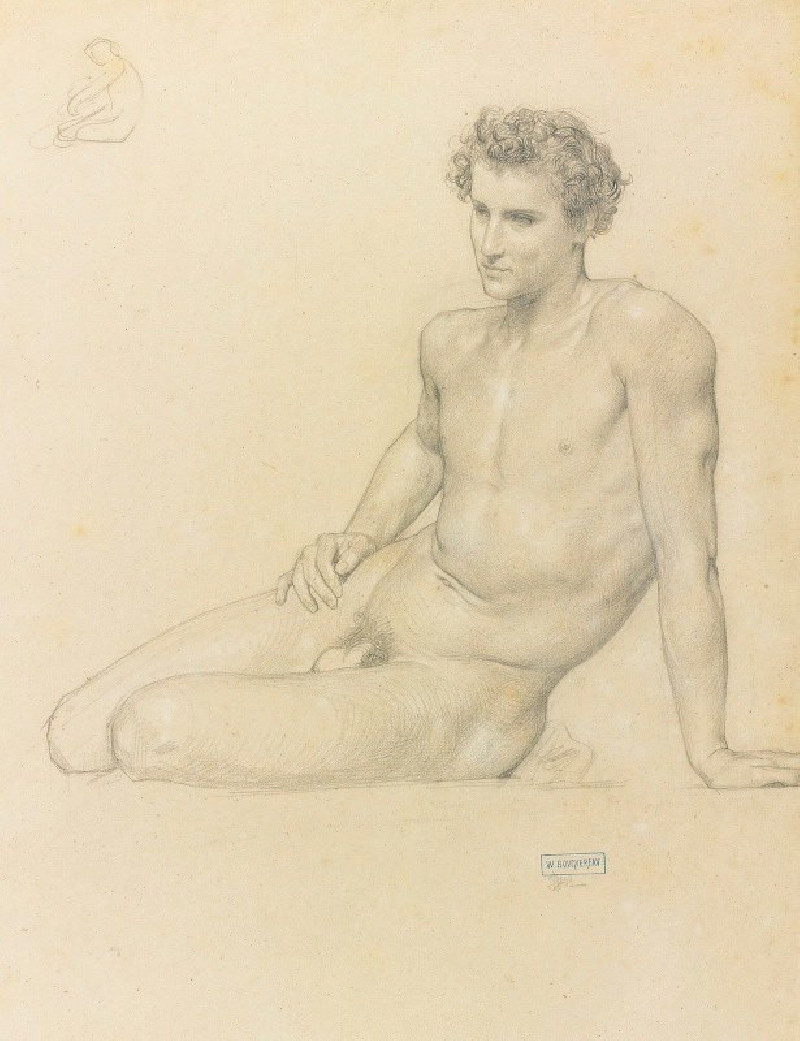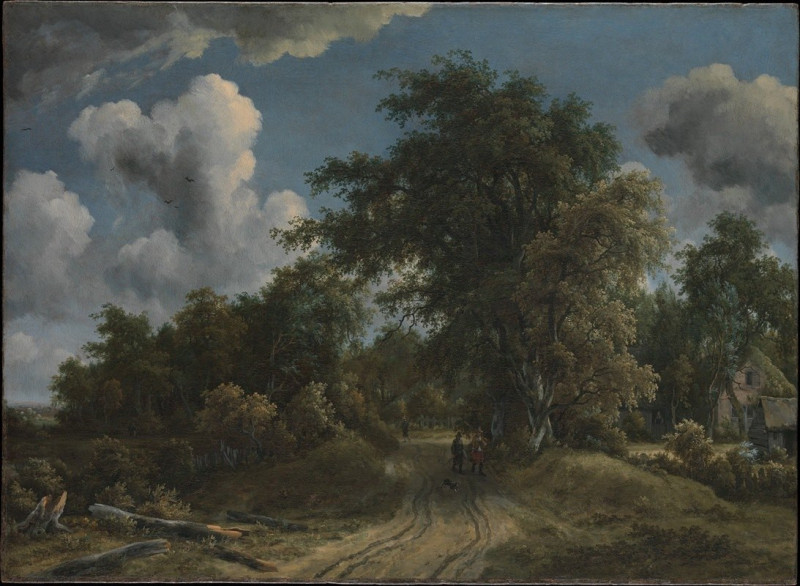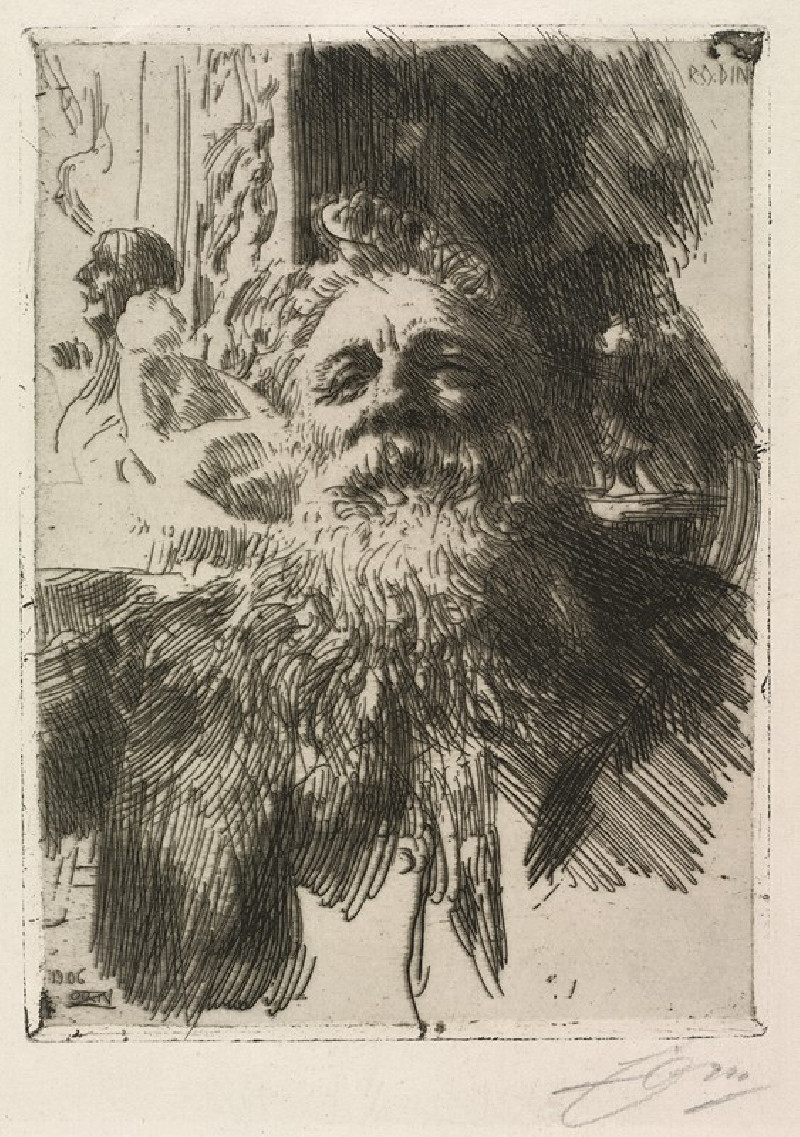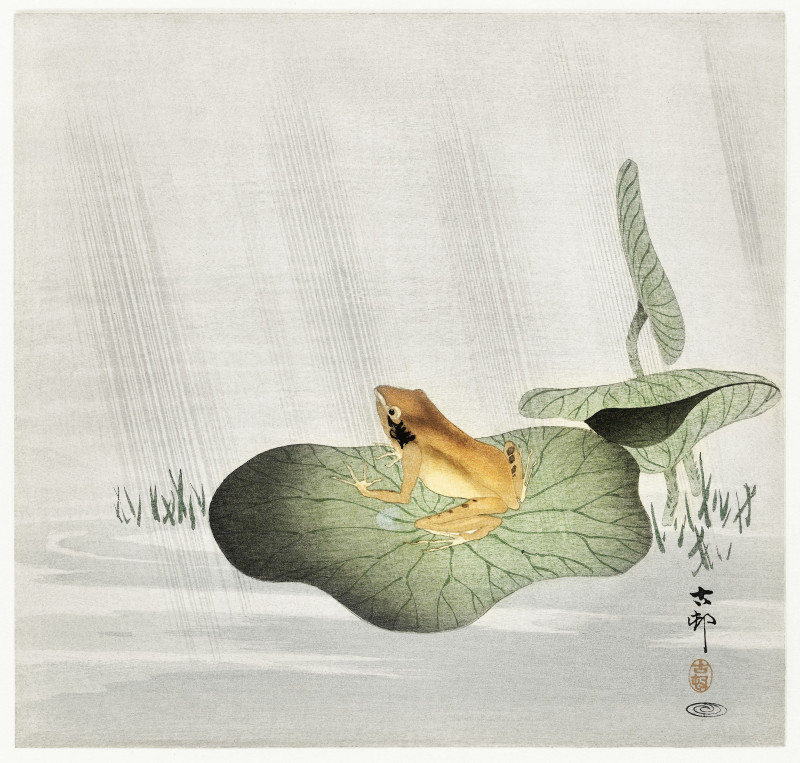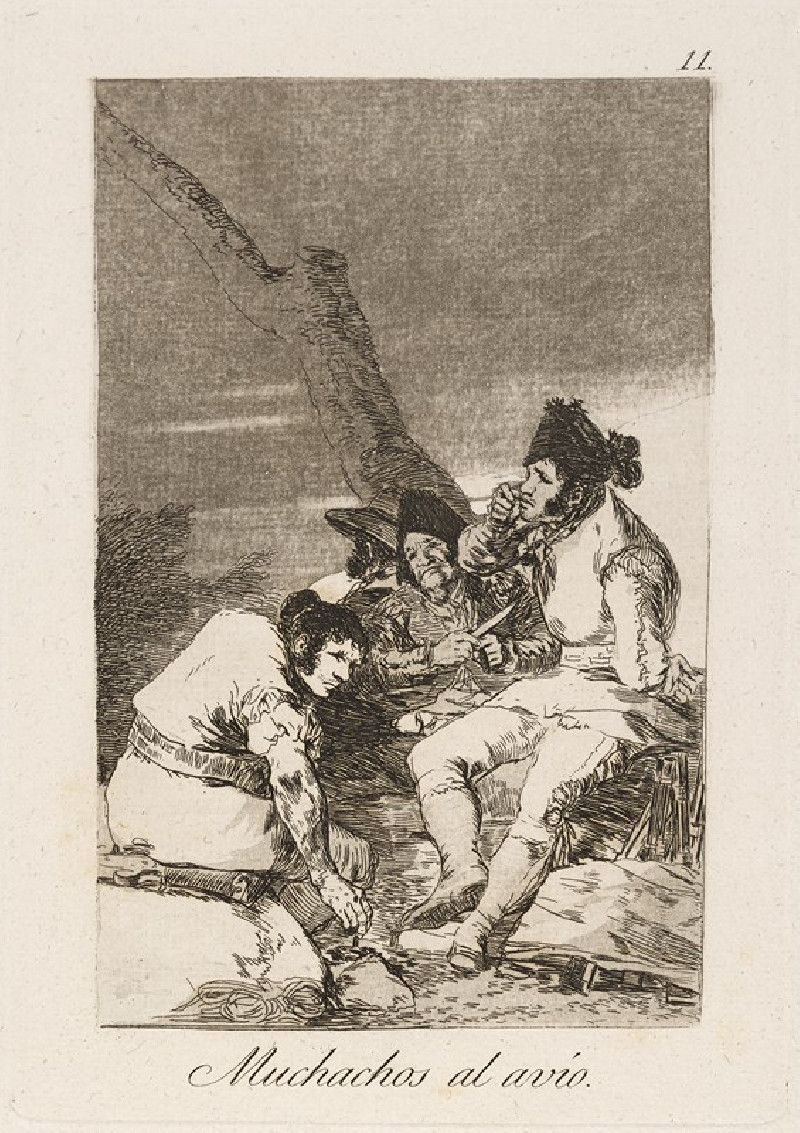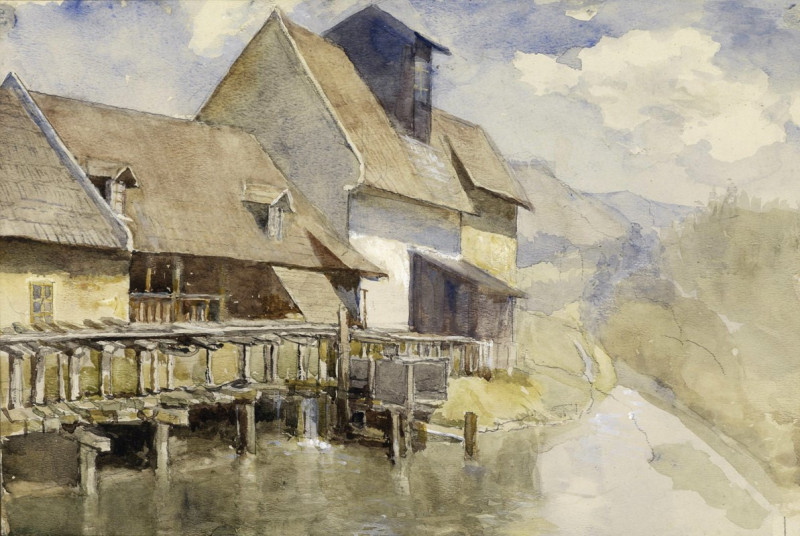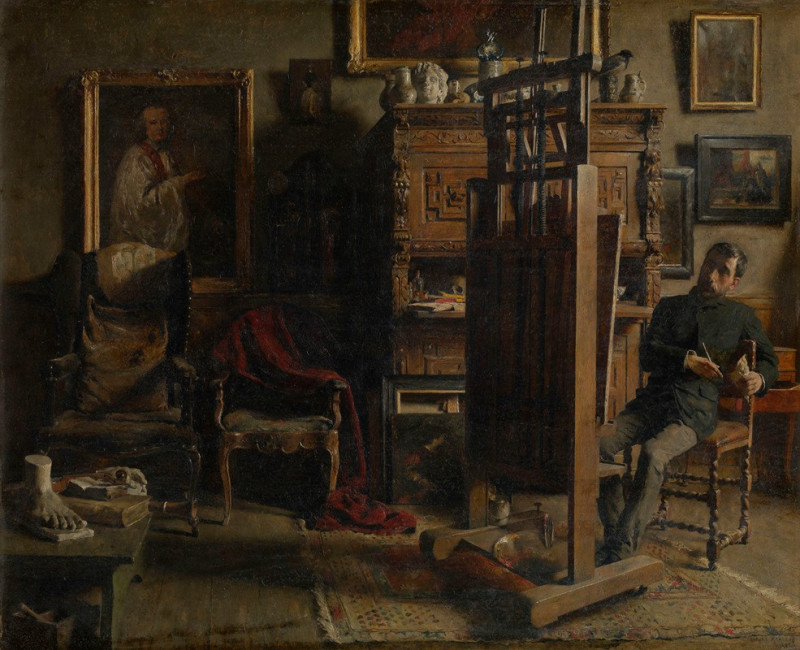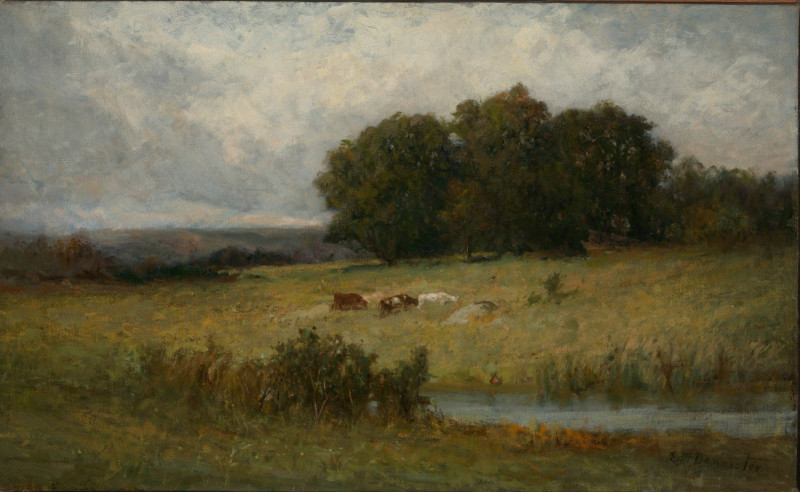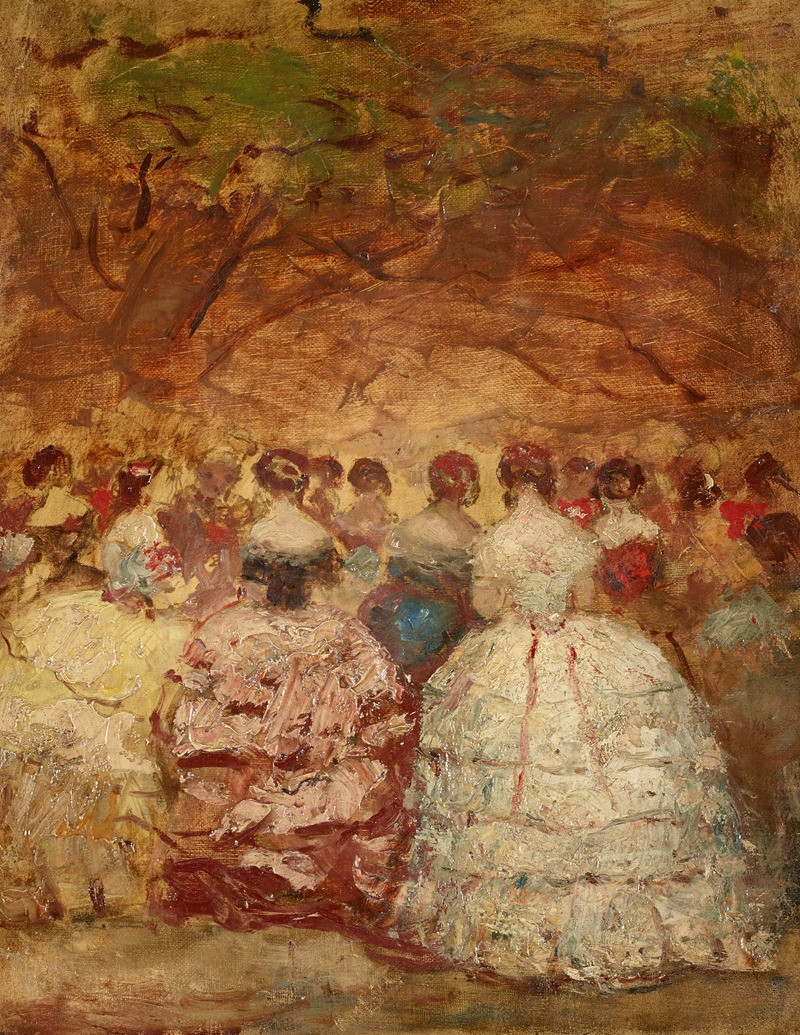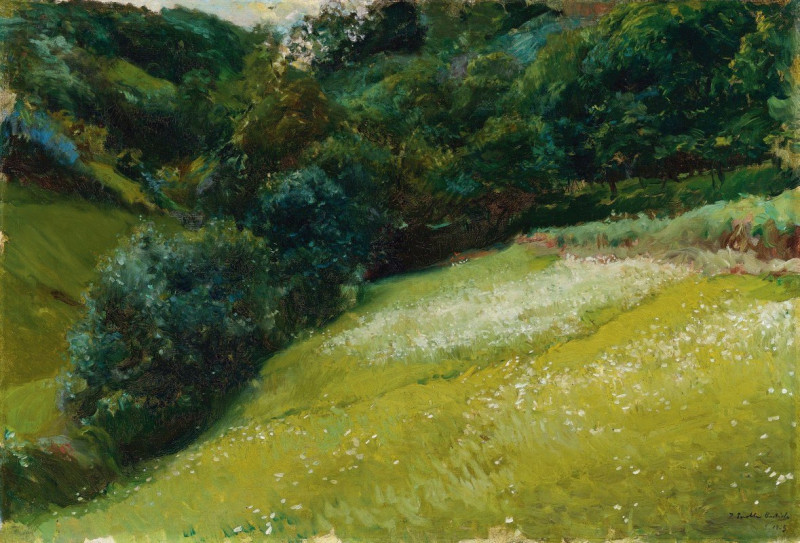Klänge Pl.25 (1913)
Technique: Giclée quality print
Recommended by our customers
More about this artwork
This painting by Wassily Kandinsky, titled "Klänge Pl.25" from 1913, is a striking example of his early exploration into abstraction, which he often linked to musical composition in its structure and emotion. The image you've described is a woodcut, characterized by the sharp contrast between the black and white areas, creating a dynamic interplay of forms and voids.In the artwork, there appears to be a chaotic mingling of abstract shapes and possibly fragmented figures or objects. Kandinsky's use of sharp, angular lines and disjointed forms creates a sense of movement and interaction, as if each element is vibrating or pulsating within the space. This suggests noise or sound, which aligns with the title "Klänge" meaning "Sounds" in German.The lack of clear representational forms invites viewers to immerse themselves in their personal emotional and sensory reactions to the patterns, much like listening to a piece of music without distinct narrative or lyrics. Kandinsky believed that colors and shapes had equivalents in sounds and emotions, and this piece may be an experiment in expressing such sensory crossover.Overall, the painting embodies Kandinsky's pioneering theories about the spiritual in art and the connections between visual art and music, pushing towards pure abstraction where the visual experience becomes as immersive and complex as the auditory one.
Delivery
Returns
Wassily Wassilyevich Kandinsky was a Russian painter and art theorist. Kandinsky is generally credited as the pioneer of abstract art. Born in Moscow, Kandinsky spent his childhood in Odessa, where he graduated at Grekov Odessa Art school. He enrolled at the University of Moscow, studying law and economics. Successful in his profession—he was offered a professorship (chair of Roman Law) at the University of Dorpat today Tartu, Estonia)—Kandinsky began painting studies (life-drawing, sketching and anatomy) at the age of 30.



